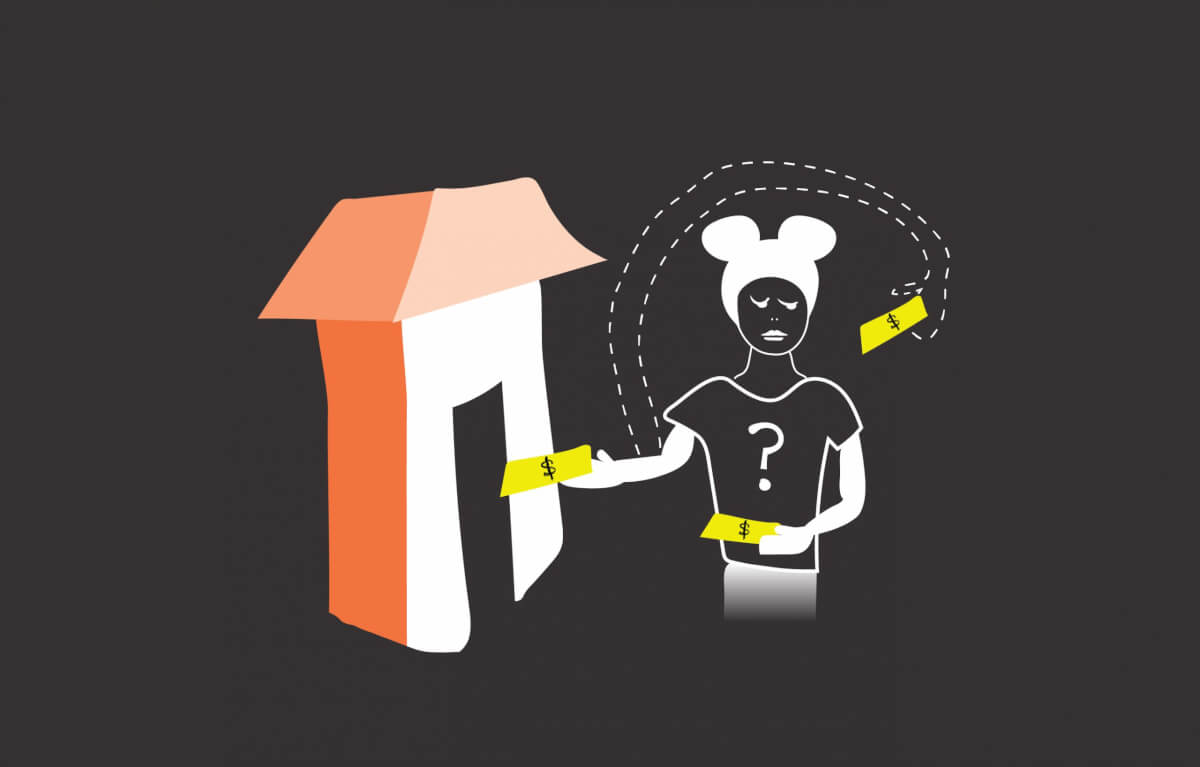When we look at forecasting business expenses, we always get asked “When is the right time to start paying myself as a business owner? And, how much should I pay myself?”
In theory as a business owner, you have the freedom to determine how and when you get paid. While that sounds great, it ends up being a challenging decision to make. Many business owners don’t pay themselves enough or at all because they feel it’s selfish to draw from the business, rather than reinvesting in it. By doing that, you don’t see the full cost of running the business. Also, you have the reality of needing to eat and pay your household expenses.
While you may have a job, side gig, or savings to cover those expenses while you’re starting up, there may come a point where your secondary source of income may run out or you need to quit your job or other gigs to focus full-time on the growth of your business. The earlier you start looking at when and how you can pay yourself, the better prepared you will be to make that transition.
So this week, we’re sharing some tips for thinking about what to pay yourself as a business owner.
Determine What You Need
First, figure out what you need to support your household expenses. Use historical information to help you calculate this number. Start by downloading your monthly bank and credit card statements for the last year. Then begin to categorize and track your expenses in a spreadsheet or other financial software, such as Mint or Quicken. Look for any ways that you might be able to reduce your expenses without sacrificing your wellbeing. The sum of all those expenses is the amount you need to live on. This is the baseline of what you will need to pay yourself out of the business.
Find Out Market Rates
The amount you need to live on is probably only a fraction of what you should get paid as a business owner. If you were going to be employed by another organization to do a similar job, they would likely pay you a market rate salary. Do some research on the average salaries for people in your industry, geography, and with your experience. You can find information on market rate salaries for similar positions in your area on Glassdoor and Salary.com. You might even be able to find out what other business owners in your industry and area are paying themselves through research done by an industry trade association or your local chamber of commerce.
Create a Plan
Your business plan is your roadmap for where you will take your business. It should describe in detail your assumptions for your products and services, your potential customers, how you will reach those customers, how you will generate sales from those customers, and the operational infrastructure you need to keep the business running. Translate your plan into numbers with a financial forecast for your business. Identify the operating costs associated with implementing your plan over this period and determine how this spending will grow income over the same period.
Look at Profit & Cash Flow
The difference between your business’ income and expenses is the profit it generates each period. As a business owner, you want to pay yourself out of the profits of the business. But, profit isn’t the only number you need to look at. You also need to make sure you have enough cash flow to pay yourself. You might find that you have enough profit at the end of the period but have some big expenses early in the next period. If you drew from the profits, you might have to put that money back in early in the next period to cover those payments. So, it’s important for you to project your business’ cash flow in addition to its profits.
Consider Legal and Tax Structure
As you start operating your business, you may set up a legal structure, such as a limited liability company or corporation, or you may remain unincorporated as a sole proprietor. How much you can pay yourself and when might be restricted by the legal structure you have chosen. Also, each legal structure has different tax considerations that will affect how much you end up receiving when you are paid by your business. For example, as a sole proprietor you have no restrictions on when and how much you pay yourself, but you are subject to self-employment taxes on the income of the business. Another example is if you have a corporation, it may be more tax advantageous for you to take a salary because it reduces the company’s profit and subsequent tax bill. Because legal structures and their tax treatment vary, you should consult a lawyer and tax accountant to better understand your situation.
Build Your Pay into Your Plan
Now that you know how much you need to get by and what market rate compensation for your industry is, and have factored in any tax considerations, you can start to build your pay into your plan. Look at the projected cash flow of the business to see when there is enough cash flow to begin paying yourself, even a small amount regularly, without hurting the growth of the business. Then, allow yourself raises as your business grows and there is enough cash flow in order to first meet your personal needs, and then work up to a market rate.


This is great advice and more importantly even in hiring new employees who are at high levels within the organization!
Thank you.